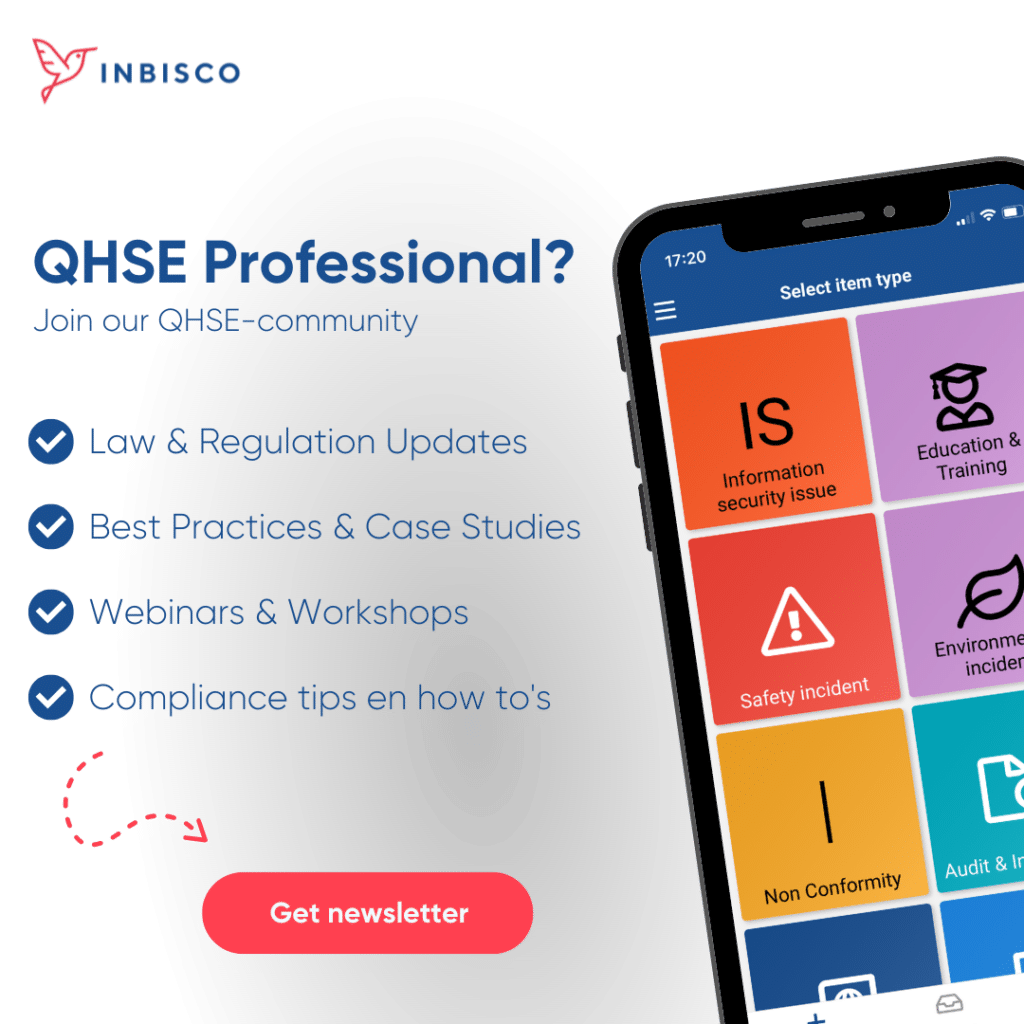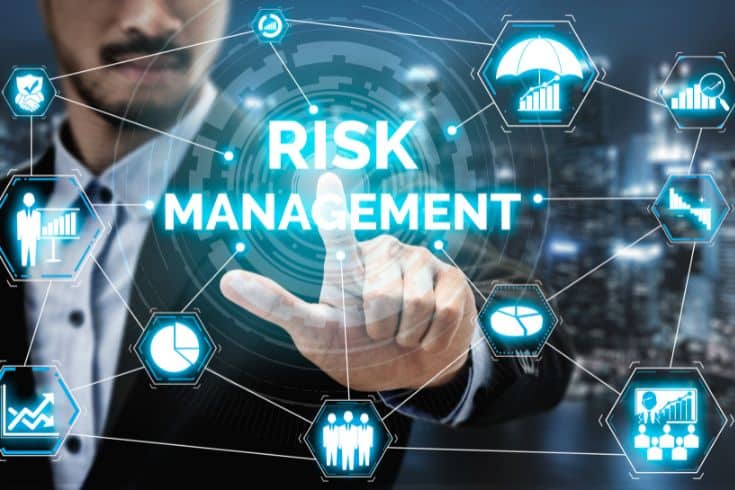Tip 1: Open communication between directors and risk managers
In order to implement a risk policy that is as effective as possible, it is essential to be able to communicate openly. Directors and risk managers can best talk to each other regularly. This way, they can talk about the role, mutual expectations and organising feedback. Open communication ensures that directors and risk managers can draw up a good policy together that both groups agree with.
Tip 2: Take risk management seriously
Many organisations do not take risk management seriously (enough). As a result, it often becomes a neglected child, while it actually needs more attention! Therefore, give risk management enough attention and make it a priority in your business operations.
Tip 3: Incorporate risk management throughout the organization
In order to be able to use risk management effectively, it is important that the entire organization is aware of it. It is important that the organization is transparent; employees can report problems to their managers more quickly, so that they can be addressed.
Tip 4: Involve all participants in identifying and combating risks
In order to minimize risks, it is wise to involve all participants in identifying and combating risks. This can be done by discussing risks daily, reviewing safety procedures or evaluating an activity. In this way, each employee becomes even more aware of any risks and how they can be remedied.
Tip 5: Use contradiction
In order to implement effective risk management, feedback must be listened to. This can be feedback from the customer, but also internal feedback. It is important to take critical or negative feedback seriously. By listening to this contradiction, it can be ensured that any risks are reduced.
Tip 6: Use specific technology, software and standards
Risk management is not always clear for all employees. Specific technology, software and standards can change this; by presenting all information clearly, employees gain more insight. For example, the
RAS module from INBISCO can ensure that your employees become more involved in risk management. The clarity and accessibility of the software ensures that everyone can easily use it. This software can achieve uniformity and transparency in the organization.
Tip 7: Evaluate regularly
It is important to evaluate risks and possible measures against them often. This can be done by using good reporting systems, risk management plans and audits. This regular evaluation also ensures that employees remain involved in risk management.

